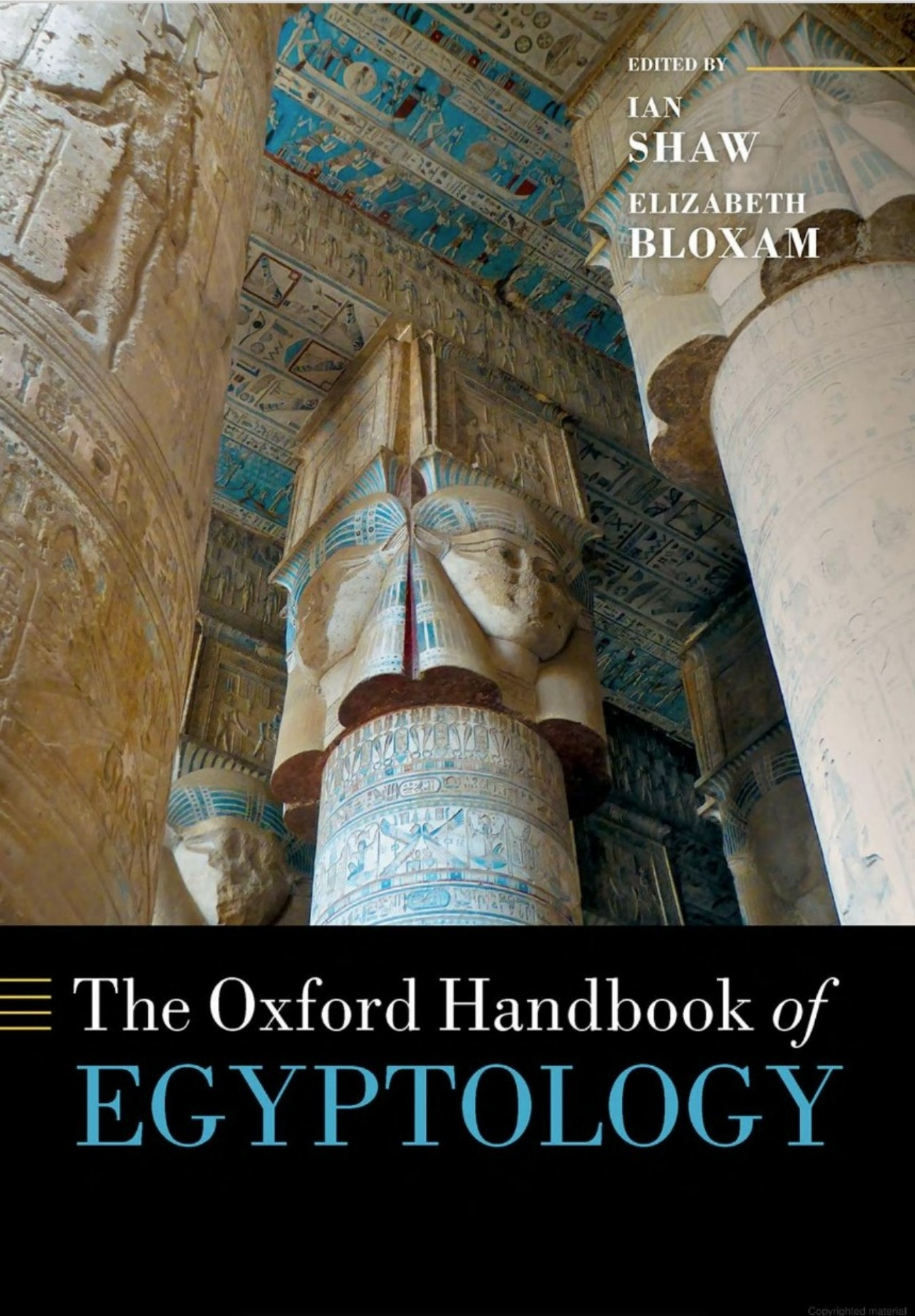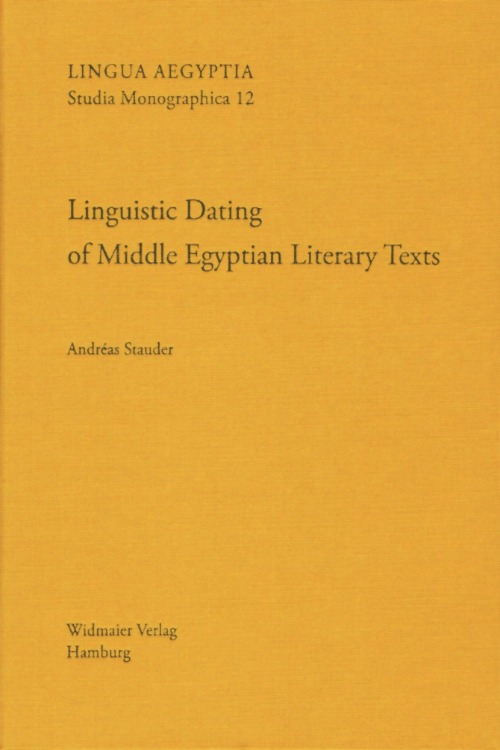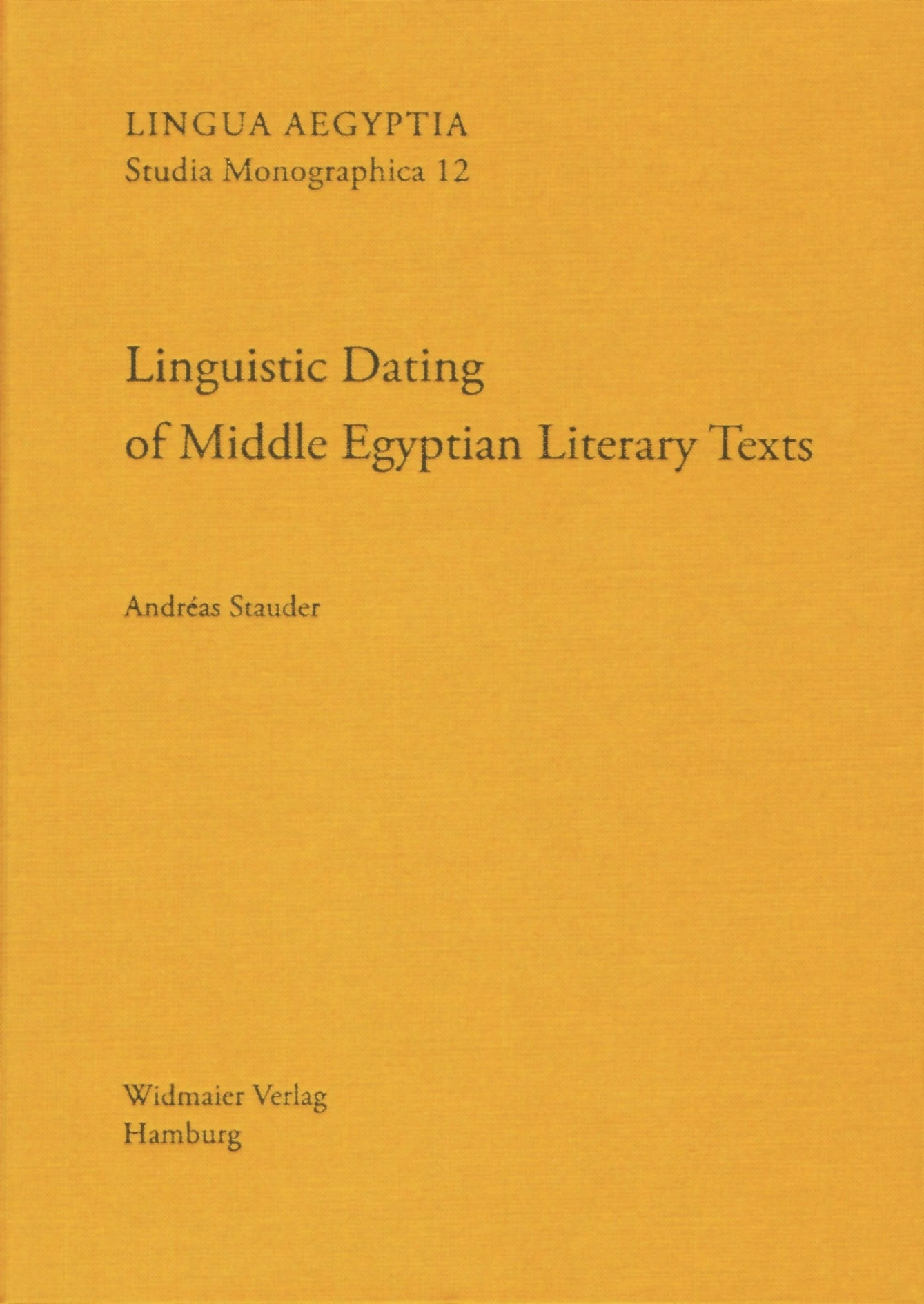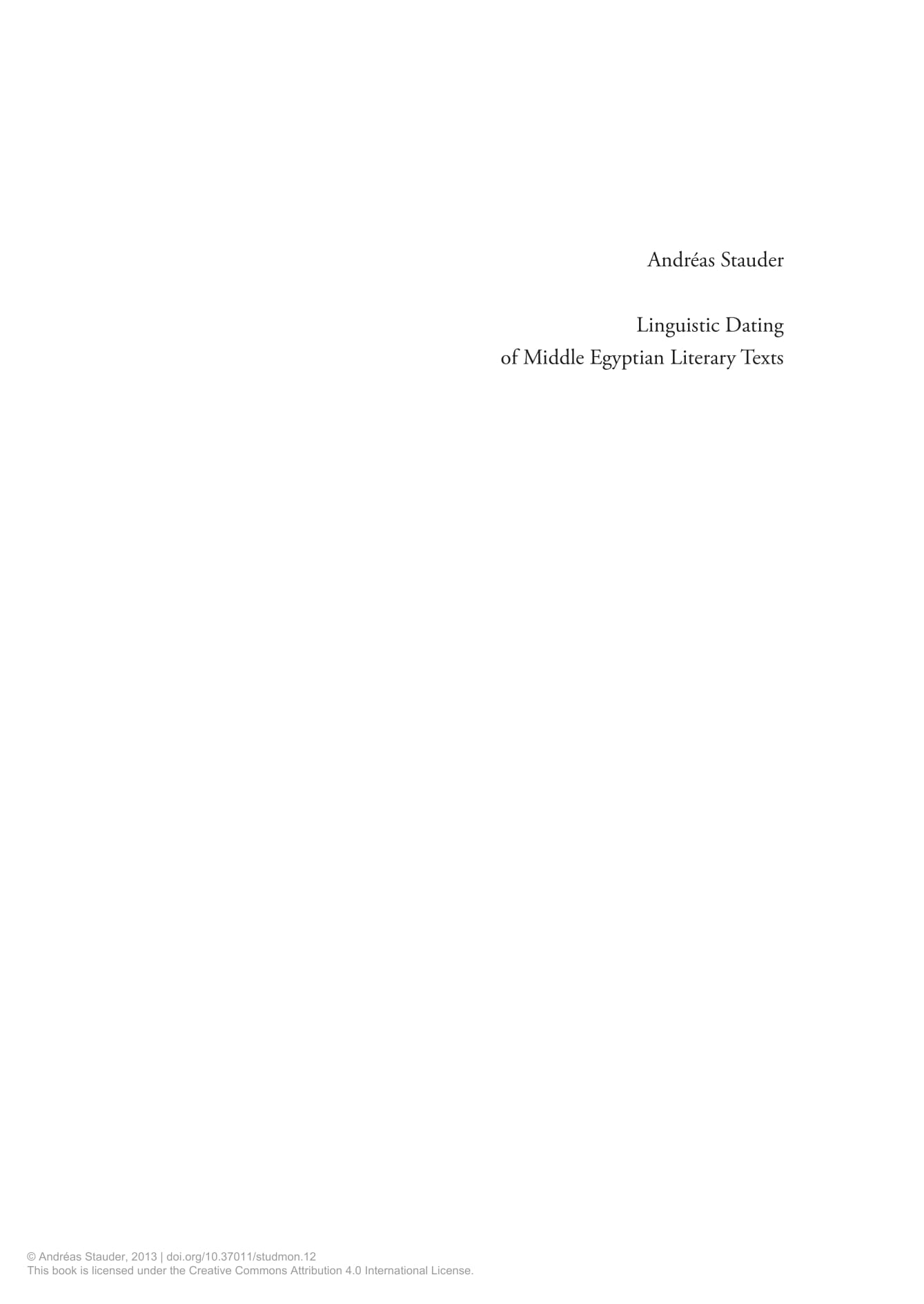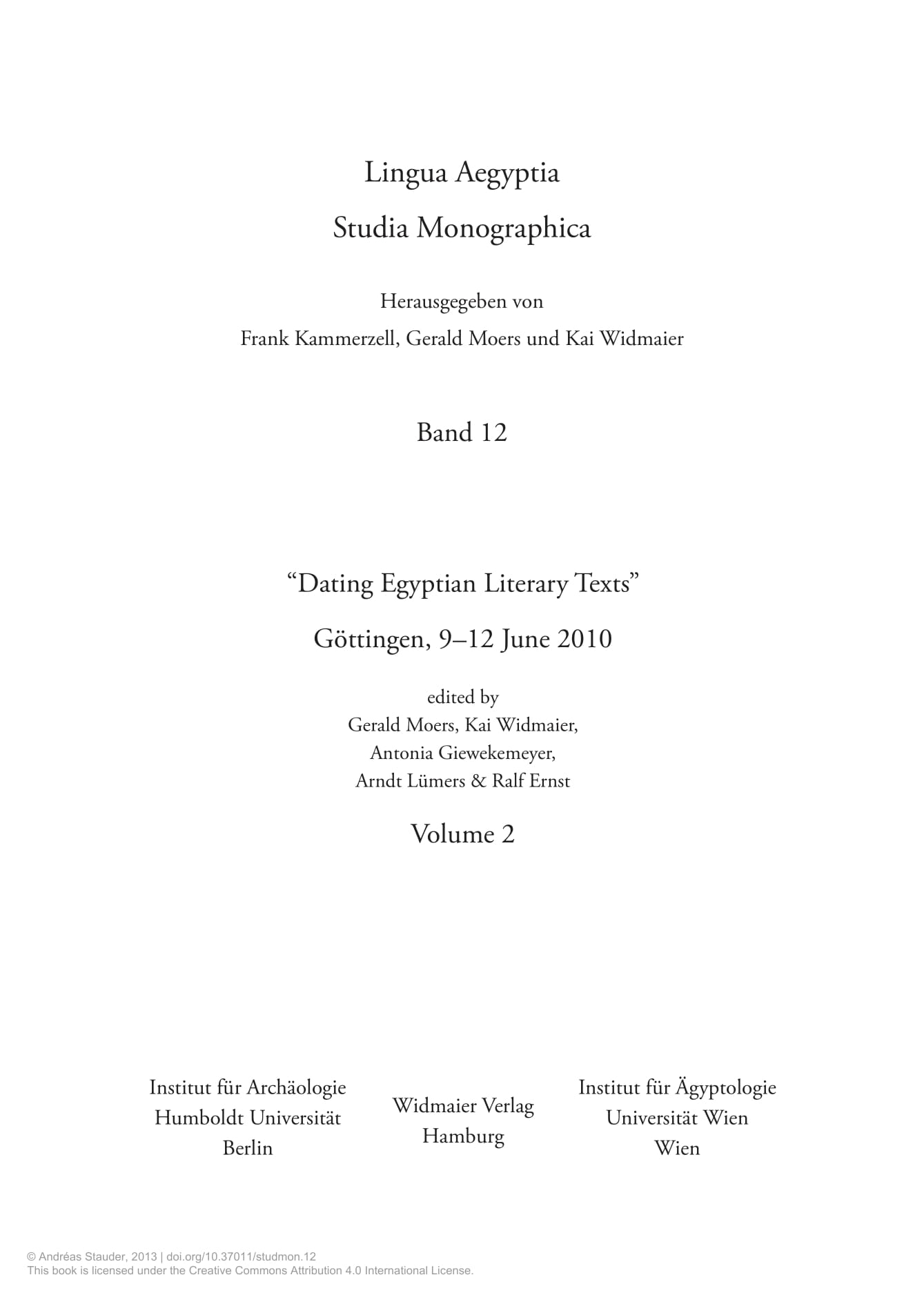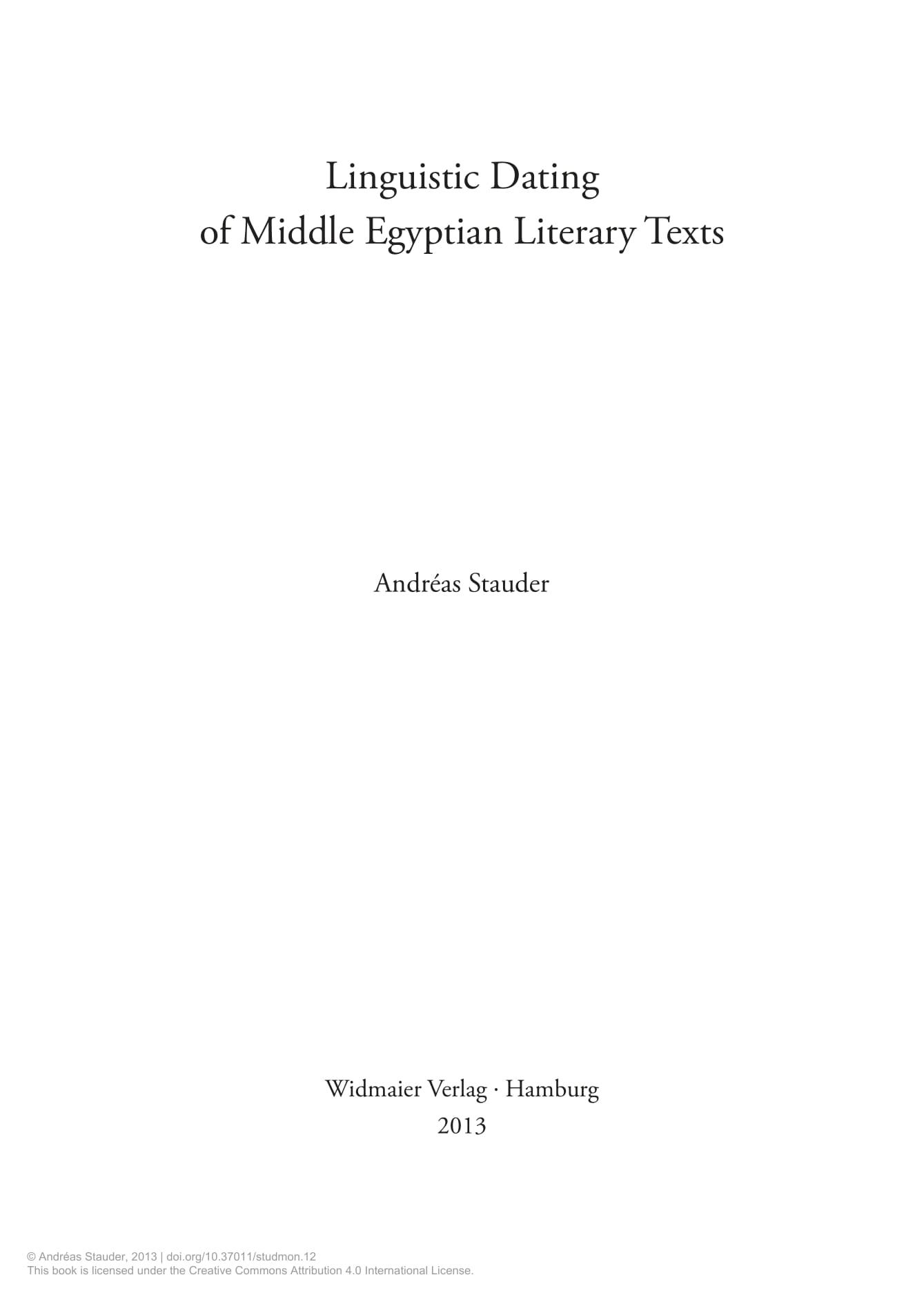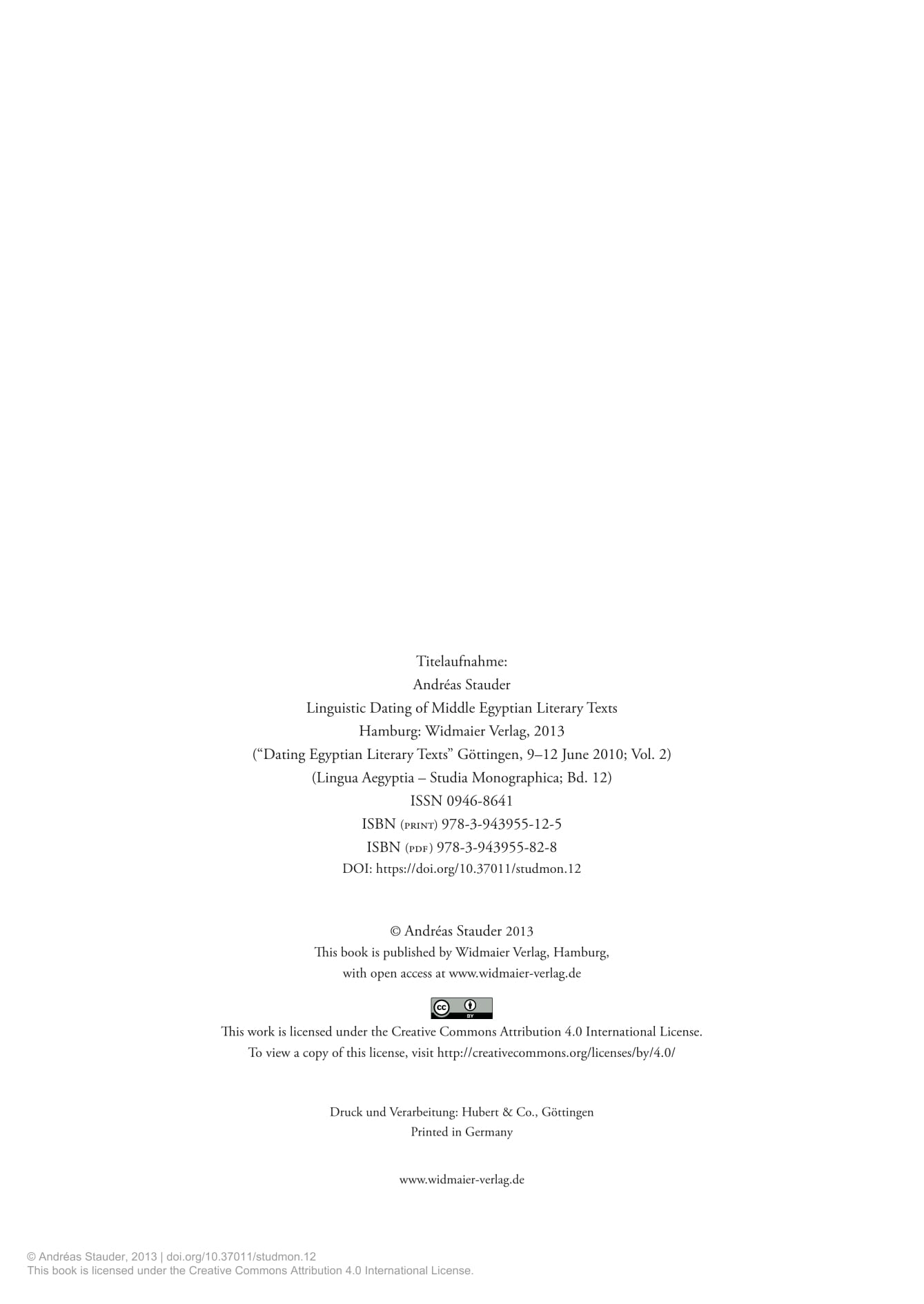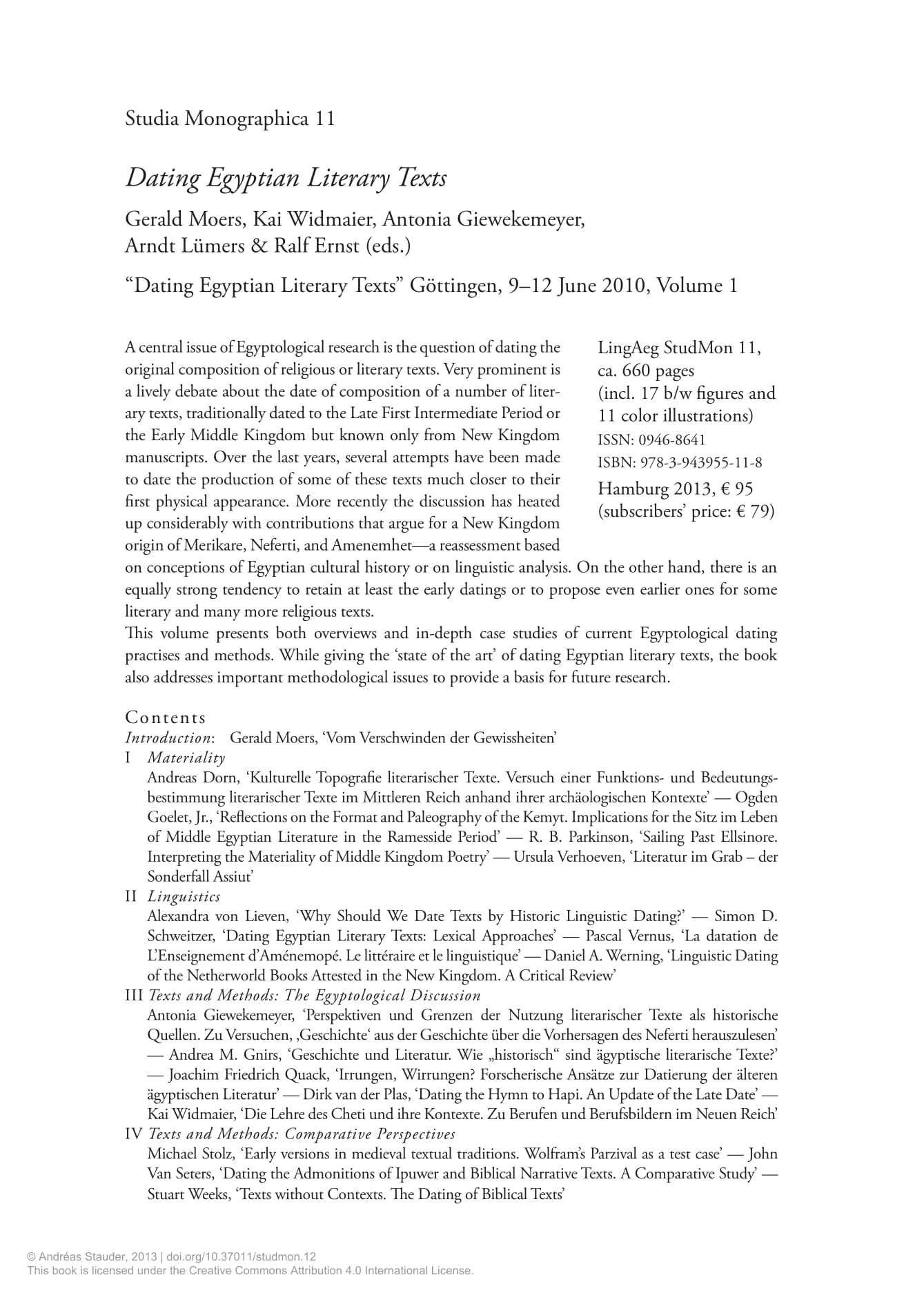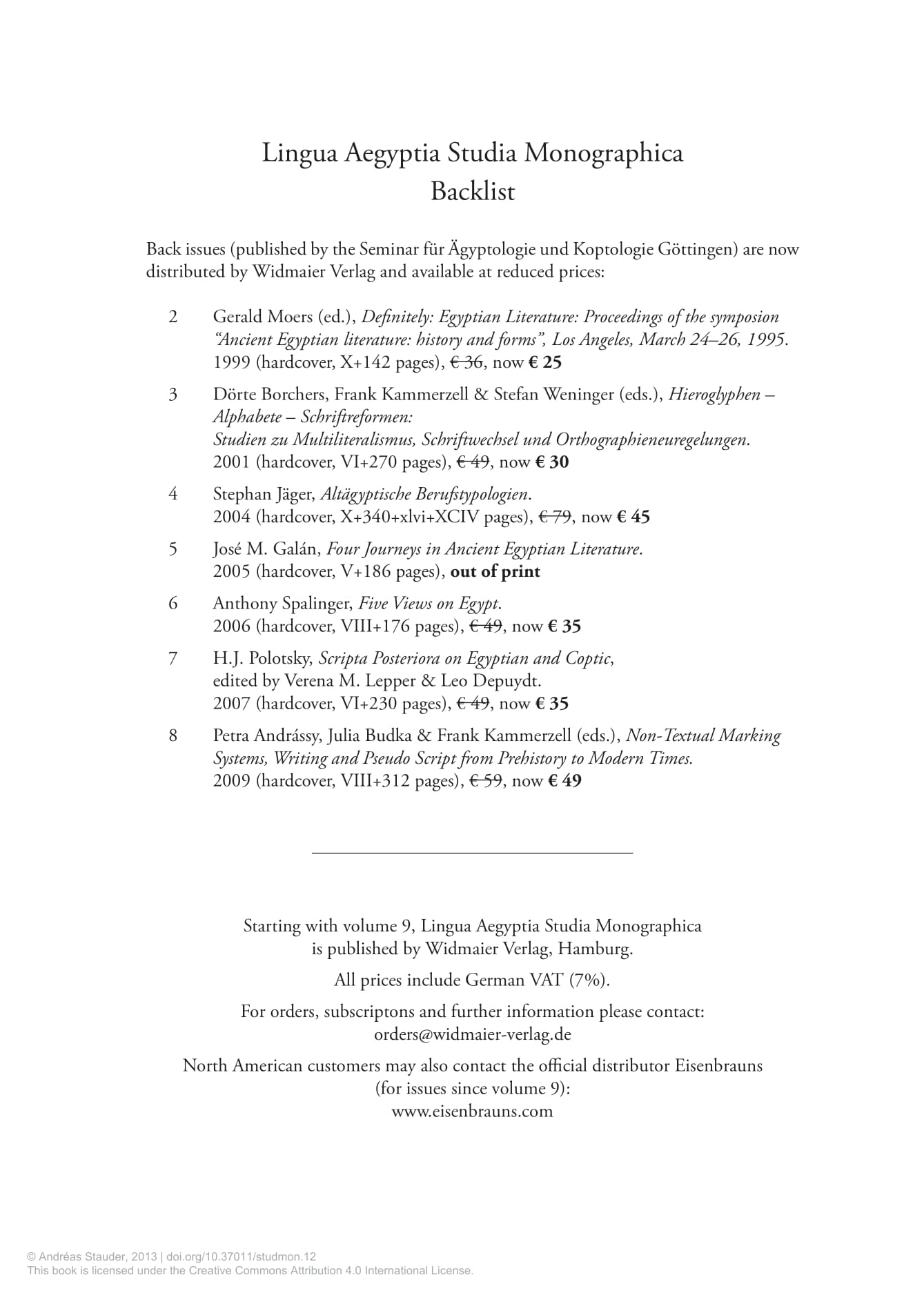About
The study addresses the dating of Middle Egyptian literary texts from the perspective that has merited the least attention so far, language. General discussions concern aspects of the linguistic situation in early/mid-second millennium BCE Egypt, the nature of the record in which the primary linguistic description is necessarily carried out, processes of textual alteration in the course of transmission, and the configurations of Middle Egyptian in literature.
In the case of Middle Egyptian literary texts, the major strategy for dating consists in studying phenomena of written innovation and obsolescence in relevant registers in order to define upper and lower temporal bounds for a composition to be dated. In a complementary approach, not indexed on linguistic change, distinctive linguistic repertoires and phenomena of linguistic re-composition are directly targeted.
Implications that spring from the proposed datings are outlined with a view on how these could affect the discussion of the cultural functions and of the historical development of Middle Egyptian literature. Beyond dating, the book is more broadly a study of the language of Middle Egyptian literature, of differences internal to this tradition, and of how it productively relates to other written discourses on linguistic levels as much as on semantic ones.
Source: Author or Publisher
Access
Read for free
External sources
Primary
Belief system
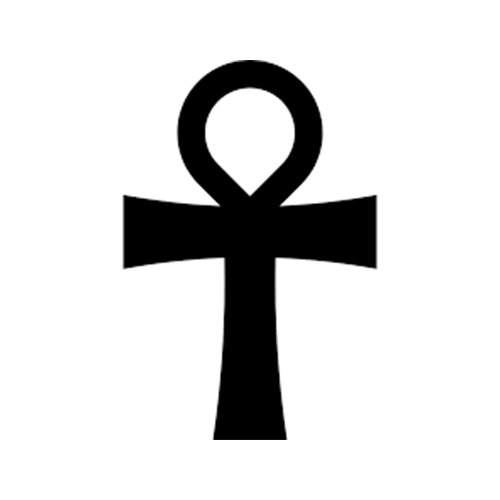
The religion of ancient Egypt represents a cultural identity that lasted from ca. 3500 BCE to 300 CE, and included hundreds of myths, deities, and customs.
Myths cited
Belief systems cited
It looks like only the main belief system was referenced in this work.
Other works
Contributor
Cite this work
ChicagoStauder, Andréas. Linguistic Dating of Middle Egyptian Literary Texts / Lingua Aegyptia Studia Monographica 12. In Dating Egyptian Literary Texts, vol. 2. Edited by Gerald Moers, Kai Widmaier, Antonia Giewekemeyer, Arndt Lümers, and Ralf Ernst. Hamburg, Germany: Widmaier Verlag, 2013.




